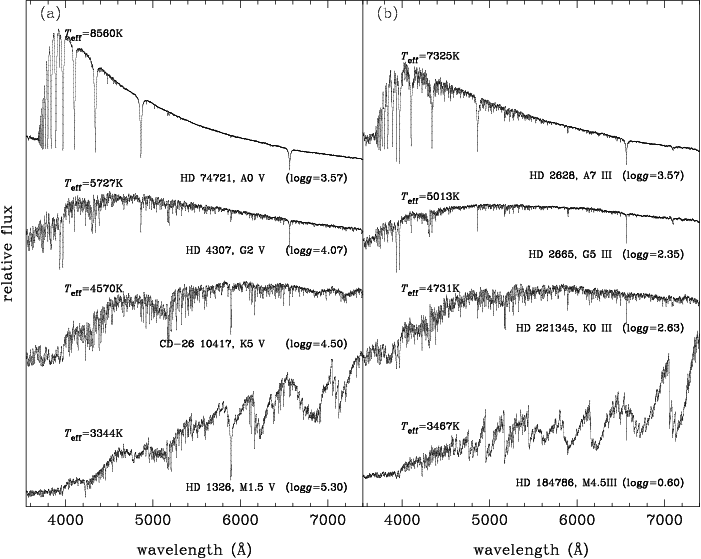 Photometry: What and Why
Photometry: What and WhyMany people are interested in astronomy because it is visually exciting. The many marvelous
pictures of celestial objects taken using large telescopes on the ground or in space are certainly the
most visible manifestation of modern research astronomy. However, to do real science, one needs
far more than pictures. Pictures are needed as a first step in classifying objects based on their
appearance (morphology). To proceed past this initial stage of investigation, we need quantitative
information- i.e. measurements of the properties of the objects. Observational astronomy becomes
science only when we can start to answer questions quantitatively: How far away is that object?
How much energy does it emit? How hot is it?
The most fundamental information we can measure about celestial objects past our solar system
is the amount of energy, in the form of electromagnetic radiation, that we receive from that object.
This quantity we will call the flux. The science of measuring the flux we receive from celestial
objects is called photometry. As we will see, photometry usually refers to measurements of flux
over broad wavelength bands of radiation. Measurement of flux, when coupled with some estimate
of the distance to an object, can give us information on the total energy output of the object (its
luminosity), the object’s temperature, and the object’s size and other physical properties.
If we can measure the flux in small wavelength intervals, we start to see that the flux is often
quite irregular on small wavelength scales. This is due to the interaction of light with the atoms
and molecules in the object. These “bumps and wiggles” in the flux as a function of wavelength
are like fingerprints. They can tell us lots about the object– what it is made of, how the object is
moving and rotating, the pressure and ionization of the material in the object, etc. The observation
of these bumps and wiggles is called spectroscopy. A combination of spectroscopy, meaning good
wavelength resolution, and photometry, meaning good flux calibration, is called spectrophotometry. Obviously, there is more information in a spectrophotometric scan of an object compared with
photometry spanning the same wavelength range. Why would one do low wavelength resolution
photometry rather than higher resolution spectrophotometry or spectroscopy, given the fact that a
spectrum gives much more information than photometry? As we will see, it is much easier to make
photometric observations of faint objects than it is to make spectroscopic observations of the same
object. With any given telescope, one can always do photometry of much fainter objects than one
can do spectroscopy of. On a practical note, the equipment required for CCD imaging photometry
To Be Count.. Download this Books Dear thanks and keep smiling...
Download Here
